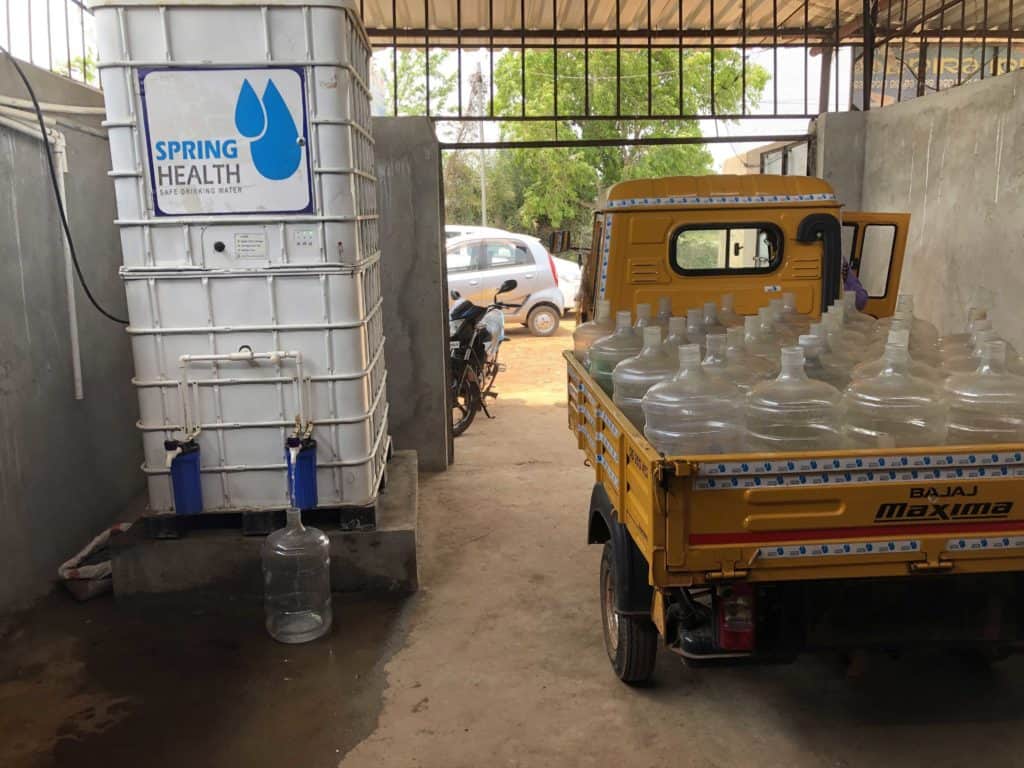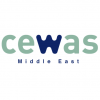WHAT IF... you raised willingness to pay by selling convenience rather than basic services?
Willingness to pay for basic services is often low, especially when having to pay for a fundamental human right such as water or for a resource that is freely available such as wind power or compost. Yet, there are unavoidable costs associated with the provision of these services including treatment, processing and transportation. In the case of drinking water in water scarce or highly polluted areas, costs associated with its provision surge significantly. A strategy to overcome low willingness to pay for a basic offer is to adapt or develop services that increase convenience to access it. Essentially, with this strategy you incentivise people to pay for the services and demonstrate tangible add-ons to make it easier for them to access the essential basic service. Selling convenience could therefore allow you to move towards covering costs and/or sustainably extend your services to underserved communities.
Turning challenges into opportunities
Cost recovery remains one of the major obstacles for achieving a sustainable provision of basic services (drinking water, sanitation, solid waste management) in developing countries
The willingness to pay is usually influenced by different factors including perceived benefits, service level and standards, level of income, price and socio-cultural factors
When conducting your market research, you will likely make the discovery that many people are understandably hesitant to pay for basic services such as drinking water supply, which they perceive to be a basic right and therefore should be available for free or even provided by the state at no cost. While there may be some degree of truth in that assumption, reality often presents itself slightly differently and the supply of those services can be faulty, impacted negatively by external circumstances, or simply non-existent in the market you are trying to enter. This creates room for savvy entrepreneurs such as yourself to come in with a solution.
Many SSWM entrepreneurs choose to pursue governmental institutions or private sector players as paying customers. However, the Sell convenience strategy is specifically designed for solutions targeting Bottom of the Pyramid end-customers. This strategy is particularly relevant when larger clients don’t exist or are not willing to partner up, but consumers still lack access to safe basic services. The key to this strategy is to add something extra on top of the core service or product being offered that will increase incentives for the customer to pay.
Perceived benefits can for example increase convenience such as easy access, short distance to the service/product collection point, comfort and/ or decreased physical burden in getting the service/product. Complementing a basic product or service by increasing its convenience can increase a customer’s willingness to pay for it, making this strategy a possible solution for a business to tackle some of its cost-recovery challenges.
Moving towards a strategy
To overcome low willingness to pay, you can rethink your value proposition and create an offer that goes beyond the mere basic services. Create a more innovative business model by complementing your basic offer with services that customers are willing to pay for. To do so you need to identify tangible service(s) that make it more comfortable and easier for your customers to access the basic service, or one that generates benefits related to other aspects of life that are adjacent to your core offer. If you sell convenience instead of or in addition to the basics, you generate acceptance amongst customers to pay for a value proposition that basically makes their life easier. Commercialising on these additional services can therefore generate the necessary revenues for covering costs or even generating profits.
To convert the complementary service into revenues, you have to rethink the positioning of your offer. The value of your business will shift from just offering a basic commodity to offering the same basic commodity but with an added convenience aimed at making customers’ life easier. When developing your value proposition, make sure you focus on the convenience aspect of your service/product. This also needs to be reflected in your marketing strategy.
One thing to be aware of is how the cost structure of your business model will change when adding convenience to your product/service. You need to be sure that the increased revenues from your new more-convenient product/service are enough to cover all costs related to your new value proposition.
To effectively apply this strategy, establish which services may yield the biggest added value for customers without increasing your costs and efforts too much. Think of how you could most efficiently eliminate unwanted events/challenges/hardships that customers would strongly like to avoid when accessing your product/service. Ask yourself the following question: what would be a creative and cost-efficient option to satisfy my customer’s needs and desires?
To answer this question, understanding the habits and environment of your customers is imperative. Note that the only way to acquire this insight is by exchanging directly with your target customer segment and doing so on a more personal level. Involving your potential customers in the solution-finding process will also likely lead to higher acceptance rates for the new product/service.
Case Study 1
BENAA Foundation is a youth-led organisation in Egypt aimed at supplying Egyptians with safe drinking water through building Water Kiosks. These kiosks, that are setup in cooperation with donors and the Holding Company for Water and Wastewater (HCWW), serve thousands of Egyptians in underserved rural and remote communities. The Water Kiosks serve off-grid communities and areas that suffer from insufficient water supply and quality.
BENAA physically constructs the Water Kiosk and installs treatment units for drinking water. This infrastructure component is complemented with training for the local community on the technical aspects of running the kiosk, including the required regular water quality tests.
The foundation realised that merely setting up functioning water kiosks will not ensure the willingness of the community to pay for water. For this reason, they adapted the basic water kiosk business model and repositioned the offer by adding a door-step delivery service. This complementary service relieves customers from the burden of carrying water home from a water point, thus increasing convenience for them.
BENAA involved members of the community for delivering sterilised and sealed cans of drinking water to the homes of kiosk customers, using adapted motorbikes.
By adding this complementary delivery service, BENAA was able to increase willingness from customers to pay and was therefore able to cover costs. Recruiting a work force from the local community for water delivery further increased the social impact and helped to promote the business, ultimately increasing the sustainability of water supply in underserved regions.
BENAA Foundation Kiosk. Source: BENAA Foundation
Spring Health is another entrepreneurial business that works on supplying treated drinking water to villagers through building water tanks in rural villages in India. Its work also includes water treatment and regular tests to ensure its safety before it is sold to the customers. The business also offers a delivery service for an extra Rs 2 and Rs 5 depending on the distance from the kiosk. This added service increases convenience for customers who would otherwise have to fetch water from a nearby communal well and carry it. Spring Health is currently providing its services in Khurda, Japur, Puri and Dhenkanal districts in India covering 200 villages.
The company makes most of its revenue from the delivery system that it has established and now makes a 25% margin of profit on water sales through deliveries. Apart from the dedicated delivery drivers across the covered areas, Spring Health also involves other partners for the delivery of its value proposition, including experts for electro-chlorination and design support. (Spring Health, 2011)

Spring Health Facilities. Source: Antenna Foundation (https://www.antenna.ch/en/activities/water-hygiene/antenna-supports-springhealth-in-india/)

